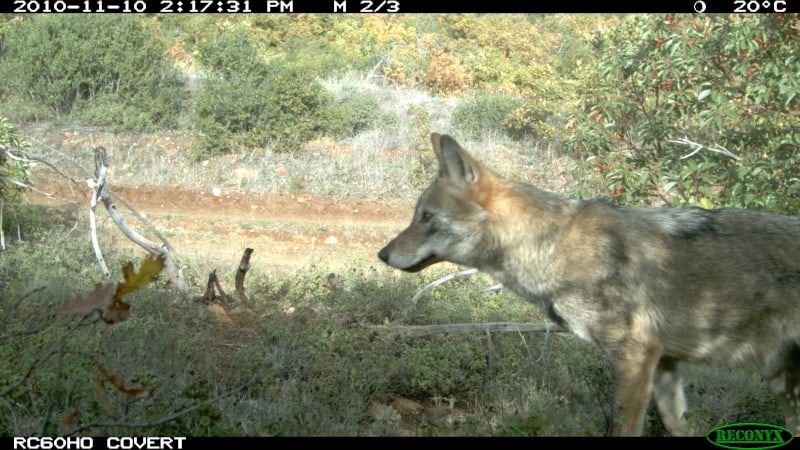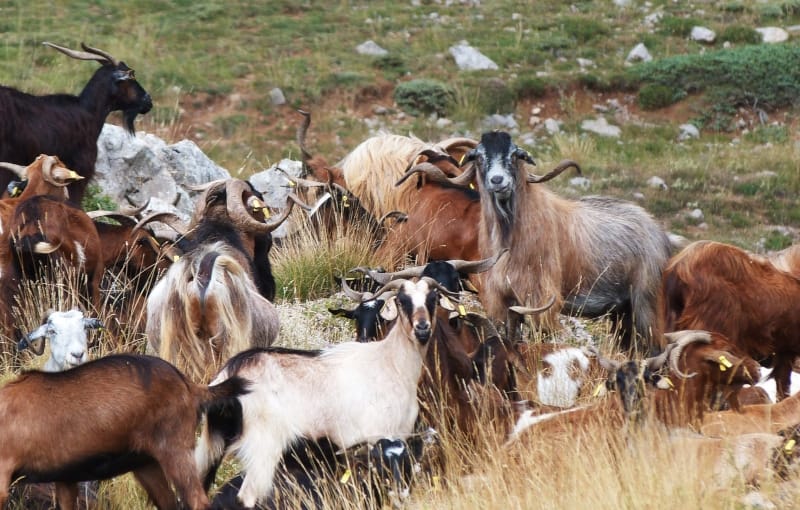Investigating The Feeding Habits Of Wolves In Central Greece
After many years of intense persecution, European wolf populations are on the rise again. Researchers are now investigating how humans and wolves can coexist.
Understanding the feeding habits of wolves is crucial in protecting wolf populations, while reducing their predatory impact on domestic animals such as sheep, goats, cattle and pigs.
This is especially important where wolves live in human-dominated landscapes such as southern Europe. In such areas of high human activity, wolves have come to rely heavily on livestock and human refuse.
Stricter Legal Status Revives Wolf Population
In the late 1930s, due to extensive hunting and habitat deterioration, the grey wolf became extinct in southern Greece (Peloponnesus). Furthermore, its distribution in central Greece shrank considerably following decades of persecution, bounties and legal use of poison baits. During the 1980s and 1990s, wolves received stricter legal status, which granted the animals greater protection. The population trend was reversed and the number of wolves started slowly to increase and the distribution to expand, particularly in southern and central Greece.
In a new study recently published in Mammalia, researchers analysed the feeding habits of wolves in central Greece where extensive livestock breeding remains an important economic activity. Understanding the animals’ eating habits is essential for designing and implementing basic management processes for the species. Using standard laboratory procedures, the researchers analysed scat samples from agricultural, forest and human-dominated areas in the municipality of Domokos. Over a two-year period, the scientists assessed diet composition and estimated the selection of prey consumed by the wolves.

Goat Is Top Of The Menu
The team of researchers led by Yorgos Iliopoulos and Maria Petridou, established that domestic prey composed the bulk of the wolves’ diet in that particular study area. Goat was shown as the main prey. Due to their tendency to graze in a scattered manner and in more remote and dense areas, goats make easy targets for wolves and are hence the most vulnerable of domestic prey. Sheep, cattle and pig carrion ranked behind.
Wild ungulates were almost absent in the diet of the wolf in the study area. The high dependence on livestock supports previous studies from Greece and other countries in southern Europe. Although goats were not the most available livestock animal, the researchers conclude that the wolves’ preference for goat is most likely associated with its grazing behaviour and its easy accessibility. As a result of their high compensation of livestock, conflicts between human and wolves arise.

Is A Coexistence Between Humans And Wolves Possible?
Maria Petridou and co-authors recommend that in order to facilitate wolf-human coexistence in Greece, substantial improvement and intensification of husbandry practices, together with the successful restoration of wild ungulate populations, must be implemented. “These two goals form a necessary prerequisite to ensure independence of wolves from human related food sources, such as livestock and garbage, and to resolve serious conflicts with rural communities,” the authors state.
Read the original article here for free:
Maria Petridou, Dionisios Youlatos, Yorgos Lazarou, Kiriakos Selinides, Charilaos Pylidis, Alexios Giannakopoulos, Vassiliki Kati, Yorgos Iliopoulos: Wolf diet and livestock selection in Central Greece. 21.02.2019.